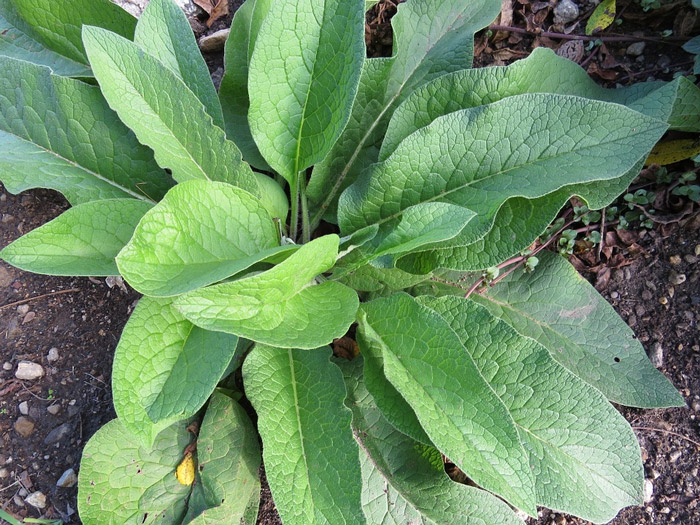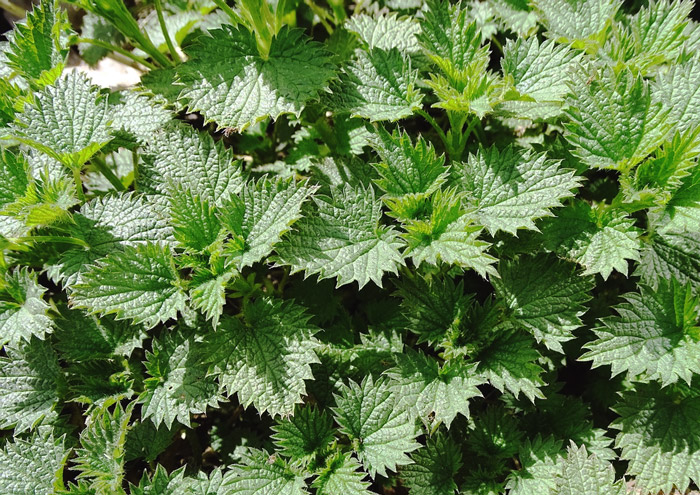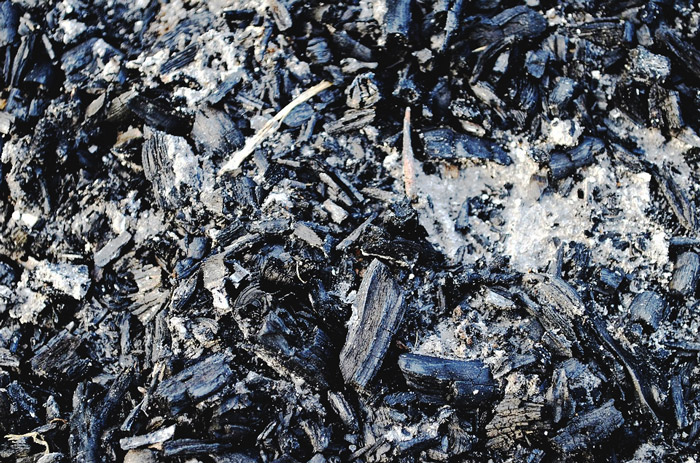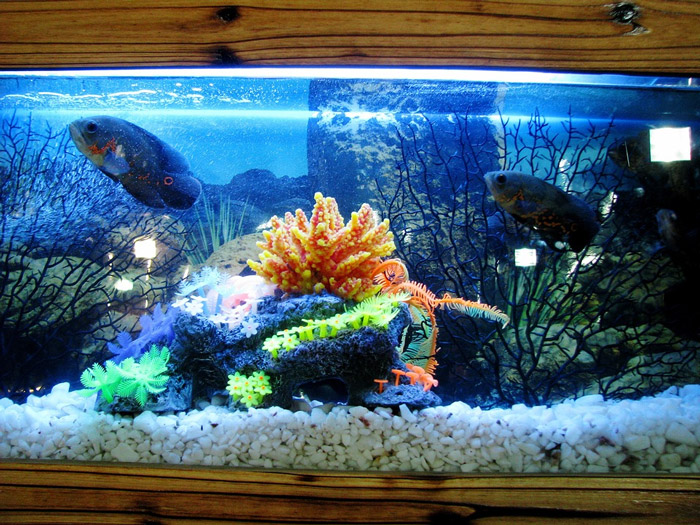There’s an old saying “You are what you eat,” and when it comes to growing plants for food and healthy nutrition, the fertilizer you choose really matters.
Most of us understand that developing plants require a bit of help to grow bigger, faster and yield a bumper crop. We visit the local garden nursery to purchase commercial chemical formulas to feed to the soil. We assume that chemicals are the only way to help our crops.
These fertilizer solutions are potent and pricey, and who knows how harmful their ingredients are.
There’s a better way; it’s cleaner, it works really well, and you know exactly what is going inside your plant food formula.
Homemade Natural Plant Foods Are Simple, Inexpensive And Effective
Let’s look at the basics first. For plants to achieve their maximum goodness from the earth, they require these triple elements:
- Nitrogen (N), for green, leafy growth
- Phosphorus (P), for healthy root and shoot growth
- Potassium (K), for flowering, fruiting and general hardiness
You can create your own plant food recipes that are safe and friendly to the planet and naturally contain N, P and K.
Not Going For The Plant “Burn” But Natural Formulas That Slow-Release
Commercial fertilizer formulas can choke a plant and cause the burn; you’ve seen it, we are sure.
The leaves turn yellow, or the plant droops with extreme wilting, and these store-bought solutions can eventually kill the plant with too much acid or salt. Often times, extra fertilizer was used, or the formula was not diluted enough after application.
With homemade natural plant foods, you have more control over the product and can be assured that they will slowly feed your soil and plants for months. In addition, these natural DIY blends can add extra trace elements for healthy growth.
Comfrey Liquid Fertilizer
GrowVeg.com is a popular website for gardeners, and they have provided easy recipes for making comfrey liquid fertilizer and several others.

The comfrey leaves are gathered and place into a large bucket and weighed down with a brick. After a few weeks, the liquid is poured off into a container mixed with rainwater to make comfrey tea fertilizer.
Stinging Nettle Liquid Fertilizer

This is another excellent and natural plant food fortifier. The stinging nettle leaves are gathered (please, wear gloves) and placed into a large bucket. The same directions are followed as in the comfrey recipe.
Grass Clippings
Many gardening experts enjoy using grass clippings added to any compost pile. The green stuff is great as a mulch on your favorite vegetable plants. Dried clippings in thin layers are the best route to take when adding the natural nourishment to the garden.
Wood Ash
Maybe you used your fireplace or wood stove over the winter and are finally ready to toss out the ashes. Don’t throw it in the trash; wood ash makes a beneficial fertilizing product for the garden. It behaves like a liming agent and reduces the acidity of the soil.

The ashes can be sprinkled upon each compost layer to help break down the organic materials.
Aquarium Water
It might sound crazy, but your aquarium tank is another precious resource containing rich ingredients for that lush garden bounty.

According to the directions, as you change the water for your aquarium tank, pour those gallons into a watering bucket. Then, make the rounds in your vegetable garden, watering your plants.
Thanks to the finned creatures who call your aquarium home, there’s plenty of fish waste that makes for fabulous fertilizer.
Homemade natural plant foods can make a major difference in the gorgeous garden you grow. These ingredients all belong to the earth’s cycle and perform the way nature intended.
Harsh, synthetic chemical mixes are never eco-friendly or good for your soil.
Take the leap, and try making your own plant foods. Your garden will explode with healthy goodness.
Leave a Reply